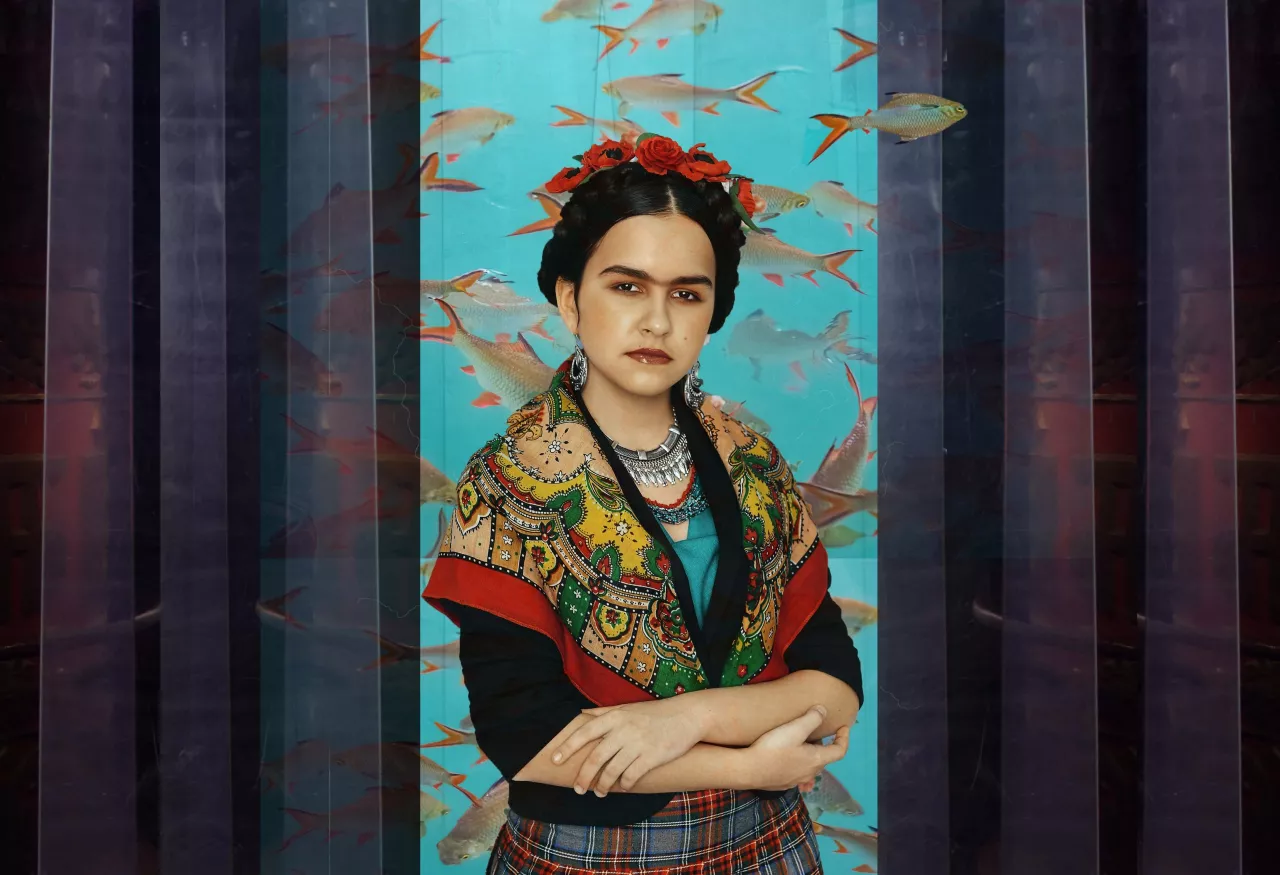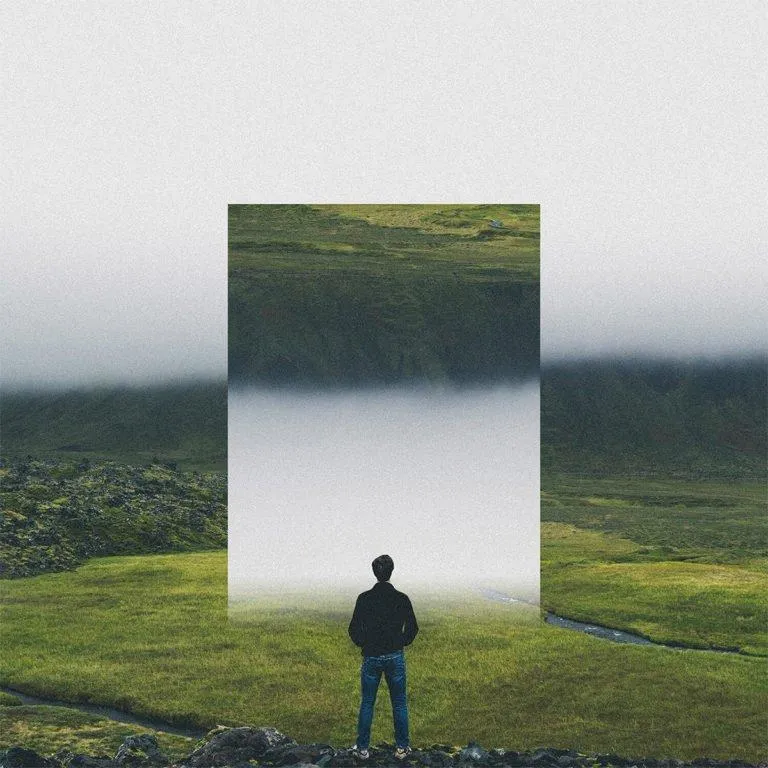How to Get into Creative Flow for Achieving Peak Performance
In the busy noise of life, it’s all too common for us to become entangled in the never-ending cycle of our routines. Yet, inside us, there’s a hidden source of great potential waiting for the right moment to burst with creativity. This magical place, where inspiration and productivity intertwine, is known as creative flow. You may have even been there yourself, becoming fully immersed in an activity, losing track of time, and effortlessly completing tasks.
But what’s the secret to entering the state of creative flow? Let’s delve deeper and discover helpful tips to understand creative flow, develop it, and use its power for a more enjoyable and productive creative experience.
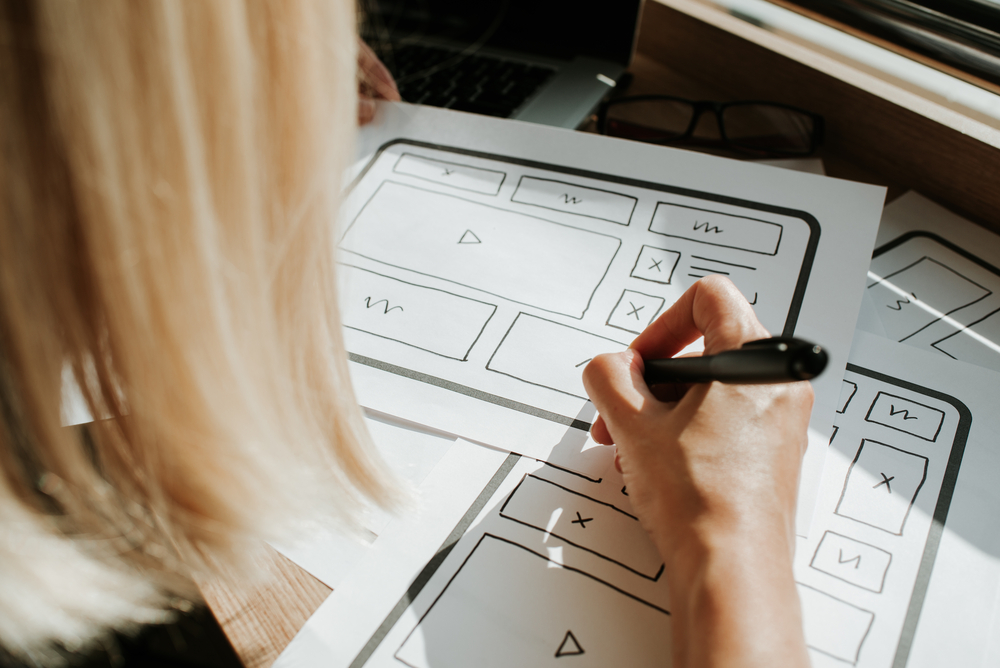
What is creative flow?
Creative flow is a mental state in which a person becomes fully immersed in an activity, experiencing heightened focus, concentration, and enjoyment. The concept was proposed by Mihaly Csikszentmihalyi in his bestseller “Flow: The Psychology of Optimal Experience.”
Creative flow usually occurs when a person’s skills are well-matched to the challenge presented by the task, resulting in an optimal level of engagement. During this state, individuals often lose track of time and their surroundings, becoming completely absorbed in the task. This allows them to perform at their peak, producing work with seemingly effortless ease.
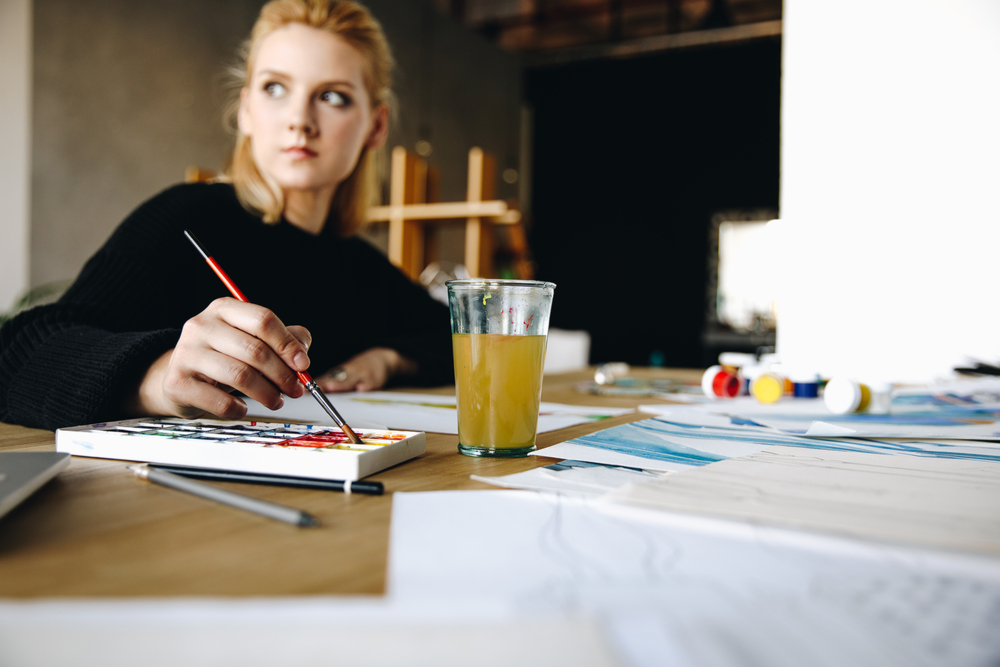
The essential elements of creative flow
1. Clear goals.
Clear goals provide a roadmap for your creative journey, giving you direction and purpose. By setting specific, measurable, achievable, relevant, and time-bound (SMART) goals, you can maintain focus on the task and track your progress. This clarity enables you to align your actions with your objectives, avoid productivity traps, and make it easier to enter a flow state.
2. Balance between skill and challenge.
Creative flow emerges when there is a balance between your skill level and the complexity of the task. If the challenge is too easy, boredom sets in; if it is too difficult, anxiety arises. Striking the right balance is crucial for sustaining flow and fostering artistic growth. To achieve this balance, it’s essential to continuously develop your skills while also seeking out challenges that would stretch your abilities.
3. Immediate feedback.
Immediate feedback allows you to adjust your actions or strategies, recognize accomplishments and prevent imposter syndrome. The feedback can be internal, such as recognizing when you have successfully solved a problem or completed a task, or external, such as input from a mentor, colleague, or audience.

8 Practical tips for getting into a creative flow
1. Eliminate distractions.
Distractions can disrupt your concentration and hinder your ability to enter a flow state. To fully immerse oneself in a creative task, it is necessary to cultivate an environment conducive to focus and concentration. This may involve setting boundaries, creating a quiet workspace, and establishing routines.
Some strategies for eliminating distractions include:
- Turning off or silencing electronic devices, such as smartphones and tablets, or using apps that block notifications and social media.
- Designating a specific workspace for your creative pursuits, away from noisy environments.
- Communicating your need for uninterrupted time to colleagues and family members, setting boundaries to protect your creative space.
2. Create a conducive environment.
Design your workspace to minimize distractions and promote focus. This may involve adjusting lighting, noise levels, and temperature. You may also consider organizing your materials and tools for easy access and personalizing your space with inspiring artwork, quotes, or objects that spark creativity.
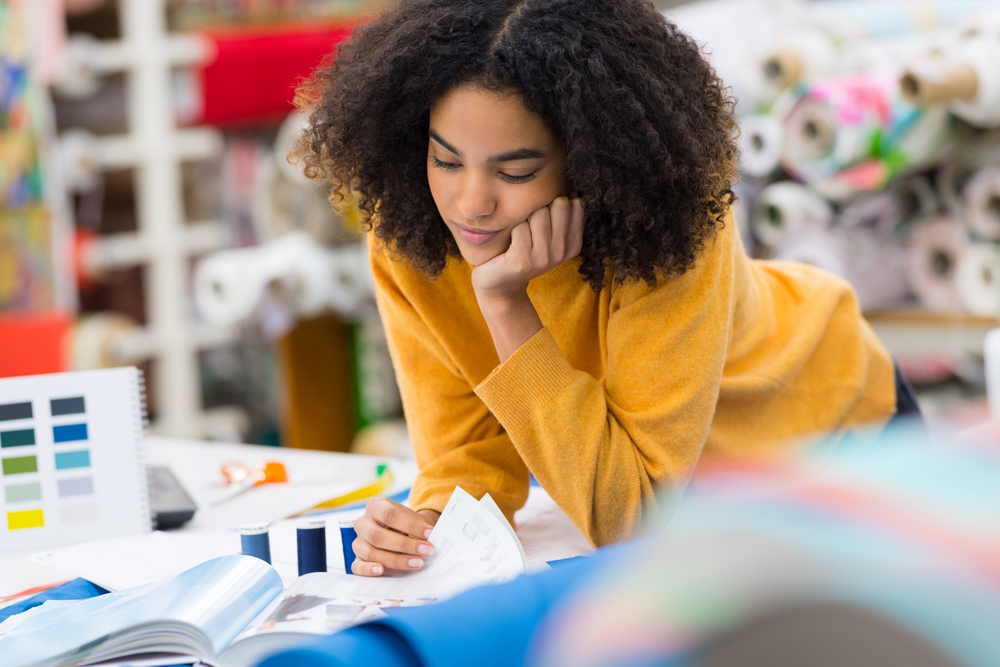
3. Schedule dedicated time.
Allocate specific periods of uninterrupted time for your creative pursuits. Establish a consistent routine by setting aside regular blocks of time for focused work, which can help train your mind to enter a flow state more easily. Try implementing time management techniques, such as the Pomodoro Technique, which involves breaking work into short intervals (usually 25 minutes) followed by a brief break.
4. Establish a routine.
By developing a consistent routine and incorporating specific habits and rituals into your daily schedule, you can signal your mind that it’s time to transition from your daily activities into your creative work. To establish an effective routine, try to identify your most productive times and create a pre-work ritual, which could involve something as simple as listening to your favorite music or enjoying a cup of tea.
5. Practice self-care.
Taking care of yourself physically, mentally, and emotionally is essential for maintaining the focus and energy needed to produce high-quality work without burnout. Ensure that you get enough rest, allowing your mind and body to recharge and recover. Additionally, engage in regular exercise and physical activity to reduce stress, increase resilience, and promote overall well-being.
6. Cultivate mindfulness.
Develop a regular mindfulness practice, such as meditation or journaling, to cultivate presence and self-awareness. This can help you identify and address any mental or emotional barriers that may be preventing you from entering a flow state. By practicing mindfulness, you can learn to quiet your mind, minimize self-criticism, and fully engage with your work.
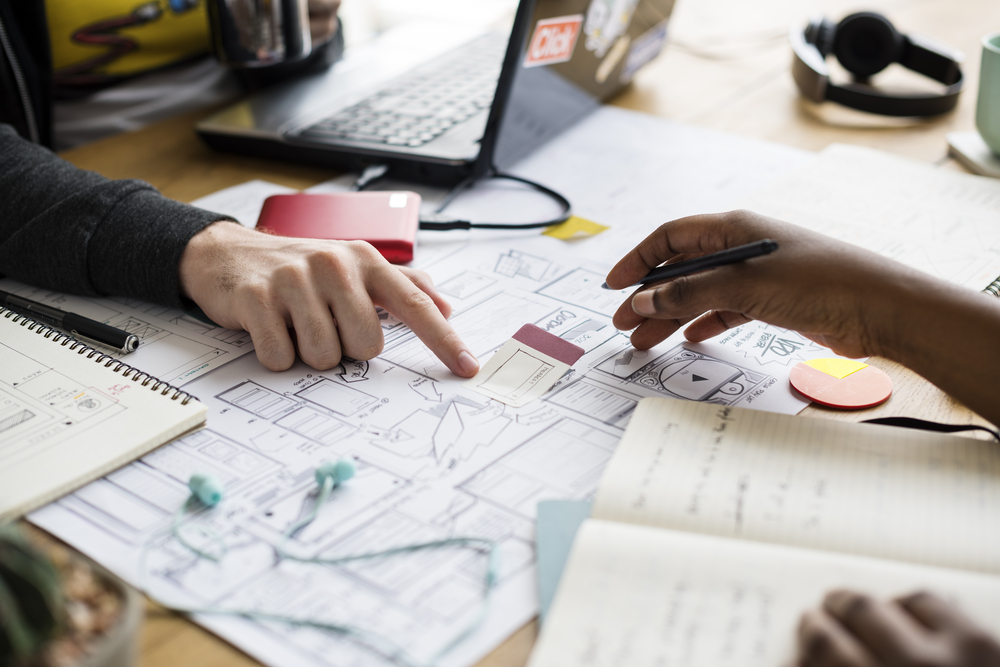
7. Engage in cross-training.
Experiment with different creative and explore multiple disciplines to expand your skill set and stimulate your imagination. By engaging in cross-training, you can break through creative blocks and discover new ways of expression. For example, if you’re a photographer, try painting or playing a musical instrument. Challenging yourself to try new activities can help you build resilience, adaptability, and a willingness to take risks, which are all essential to a creative mindset.
8. Embrace the process.
Focus on the journey rather than the destination, and enjoy the process of exploration, experimentation, and learning. Adopt a growth mindset and view setbacks as opportunities for development rather than failures. This allows you to approach your work with curiosity and playfulness, facilitating the emergence of creative flow.
To wrap up
Creative flow is a transformative experience that can help you unlock new levels of productivity, artistic freedom, and personal satisfaction. Cultivating and sustaining it is a continuous process that requires ongoing practice and self-reflection. By following simple tips and techniques, such as setting clear goals, eliminating distractions, and establishing a routine, you can create an environment that encourages creative flow to thrive.
Other articles you might find interesting
5 Offbeat Ways to Boost Creativity (Away from Screens)
Getting Organized: 7 Tips for Freelancers
How to Be More Productive: Let Your Gadget Help You!
Now is the Time to Do All the Things You’ve Postponed




